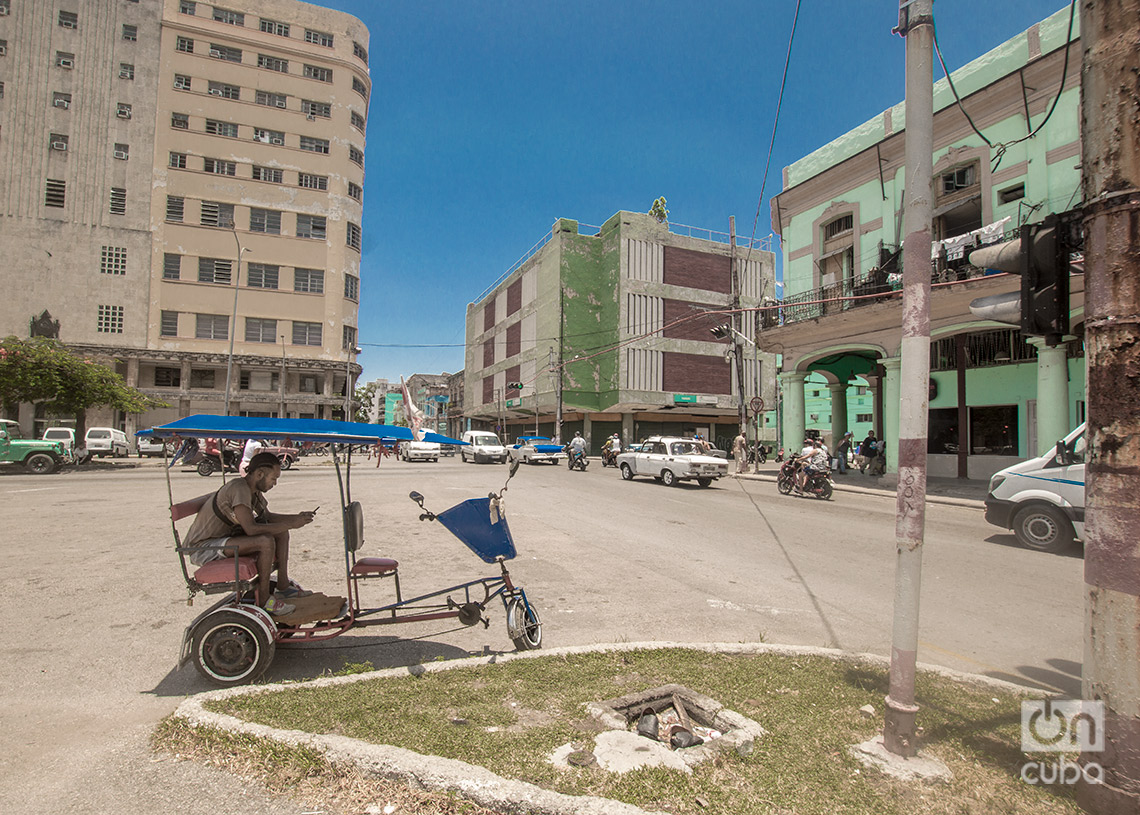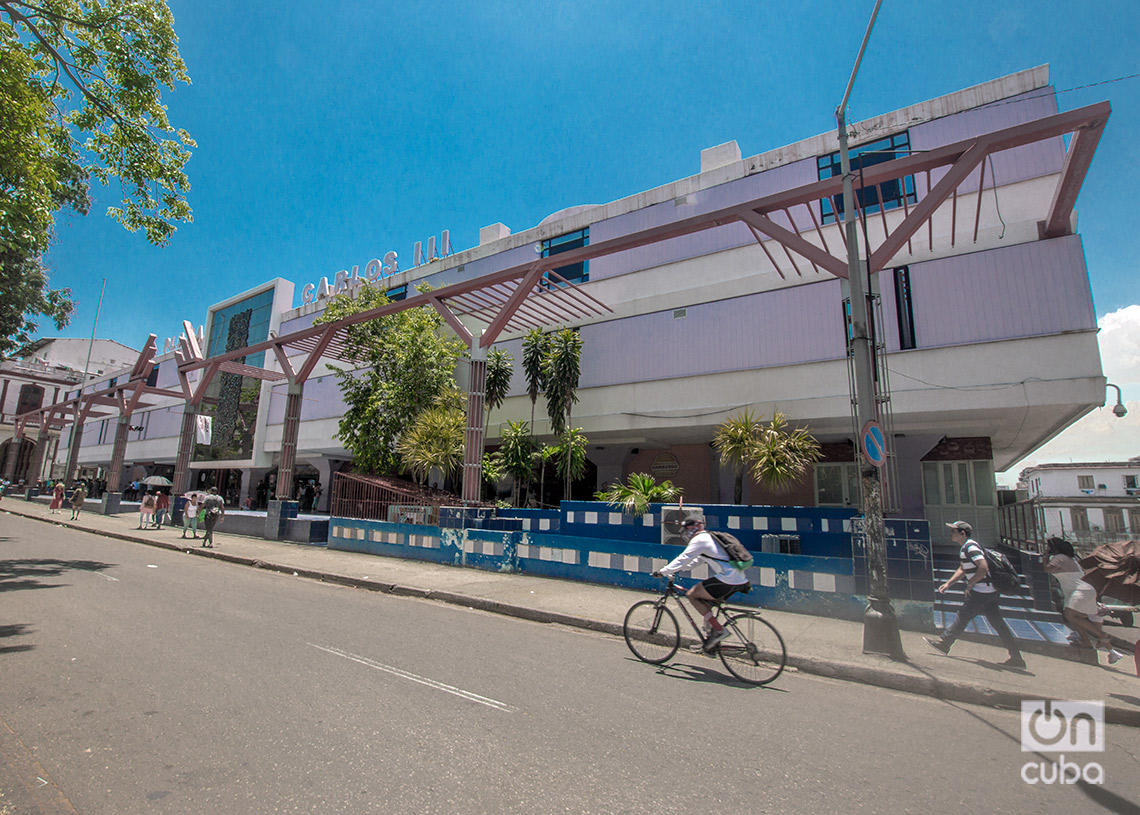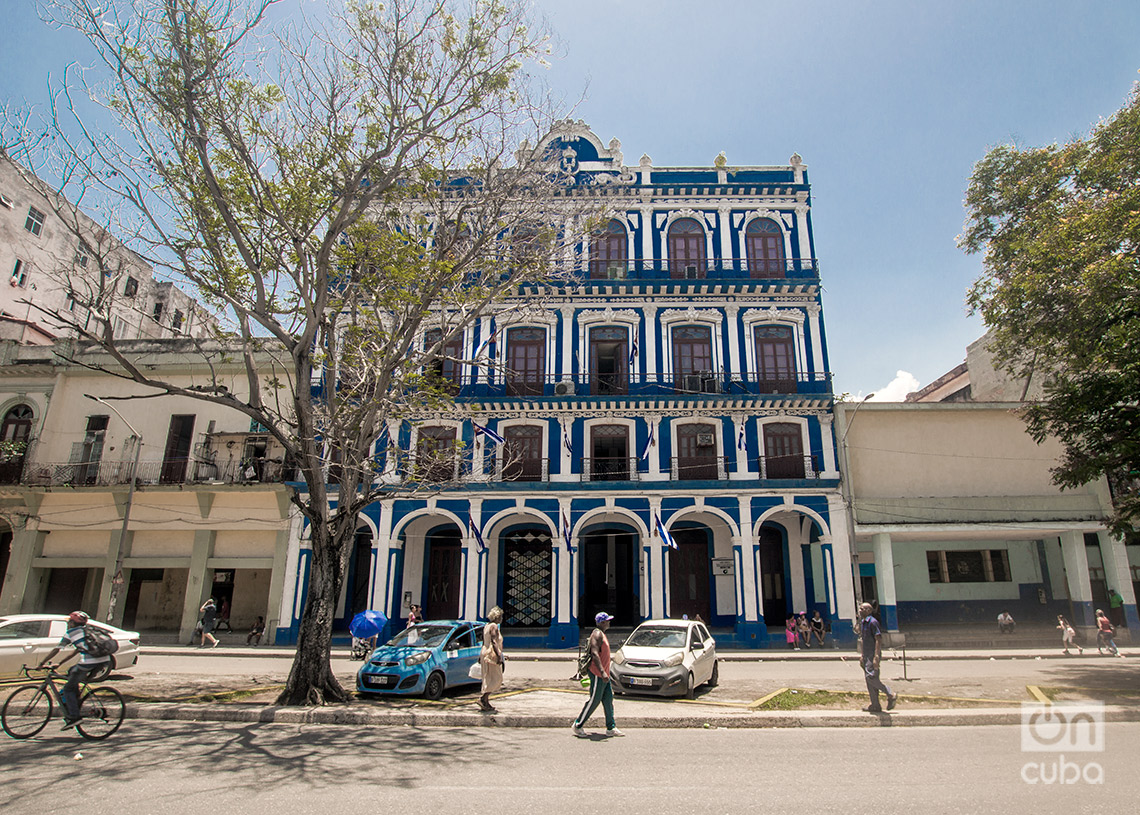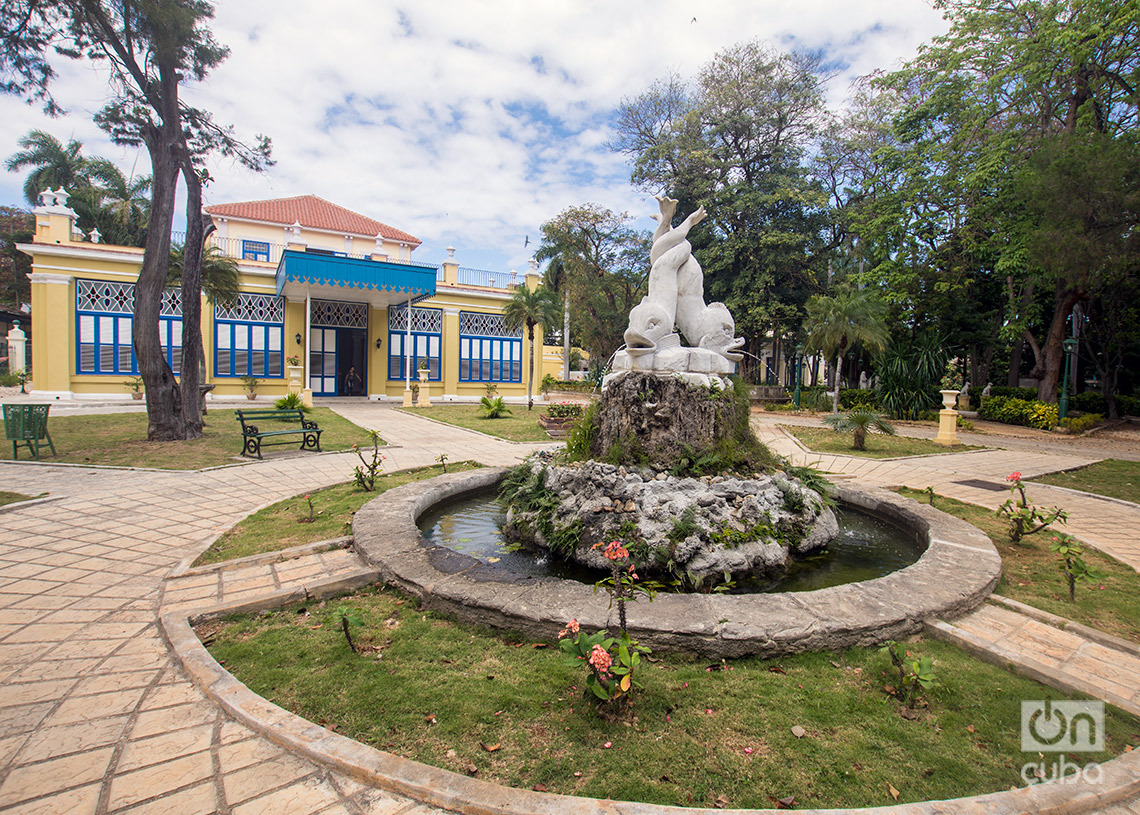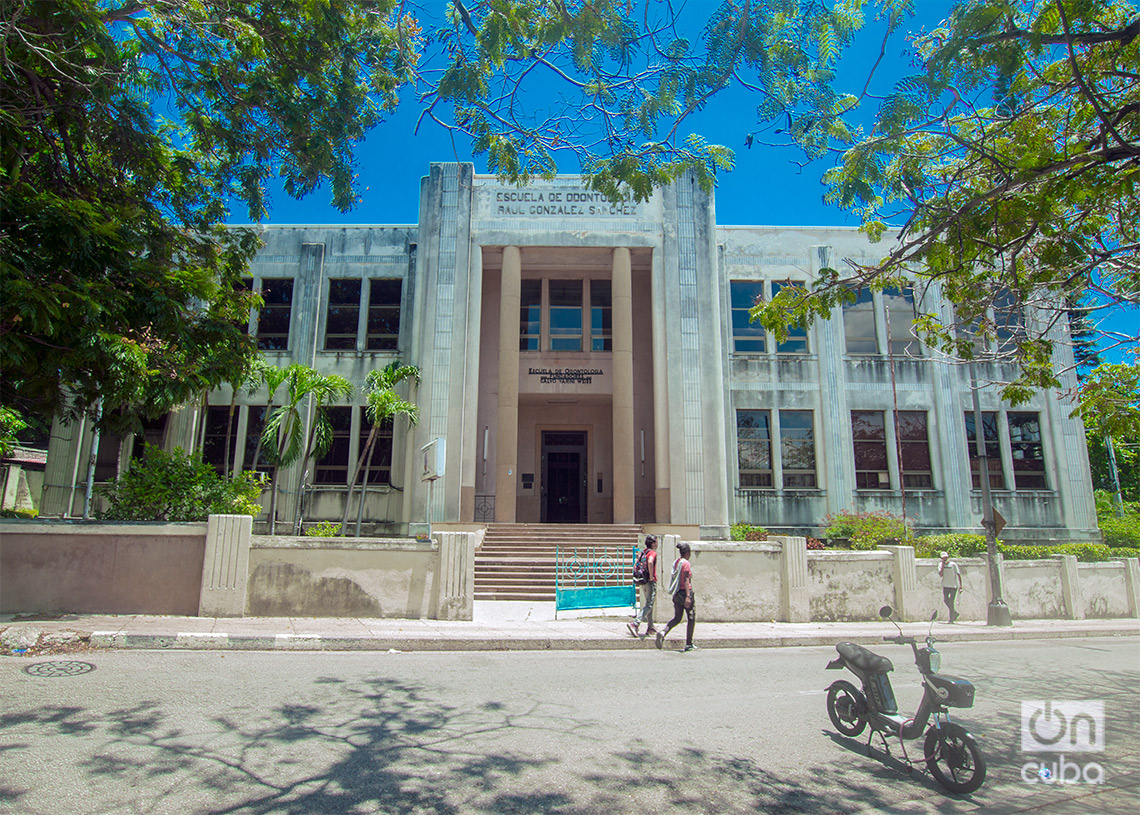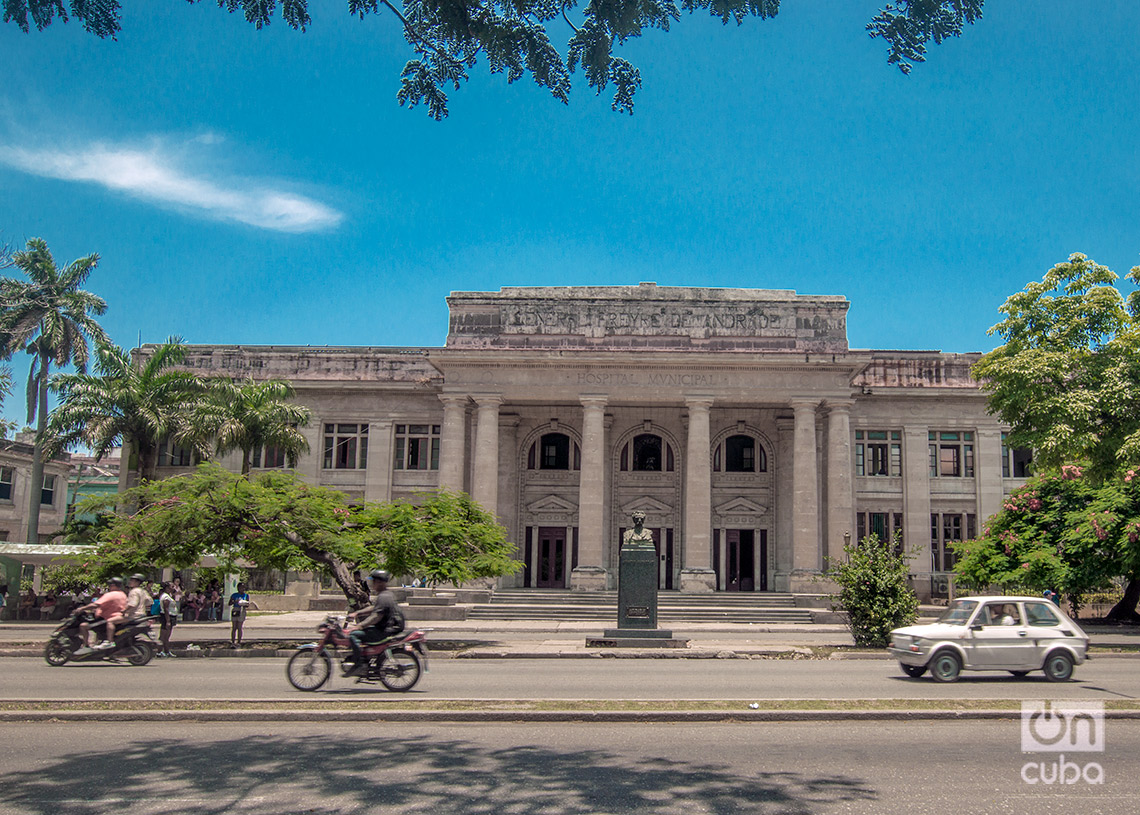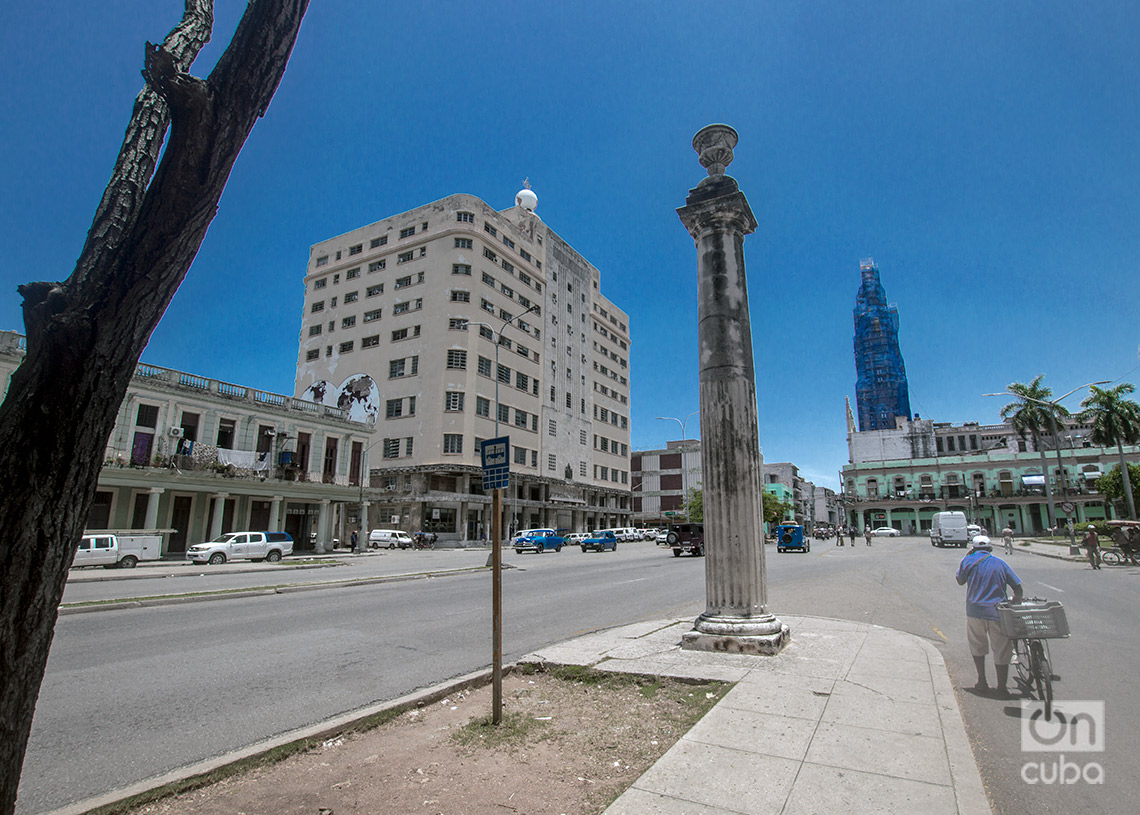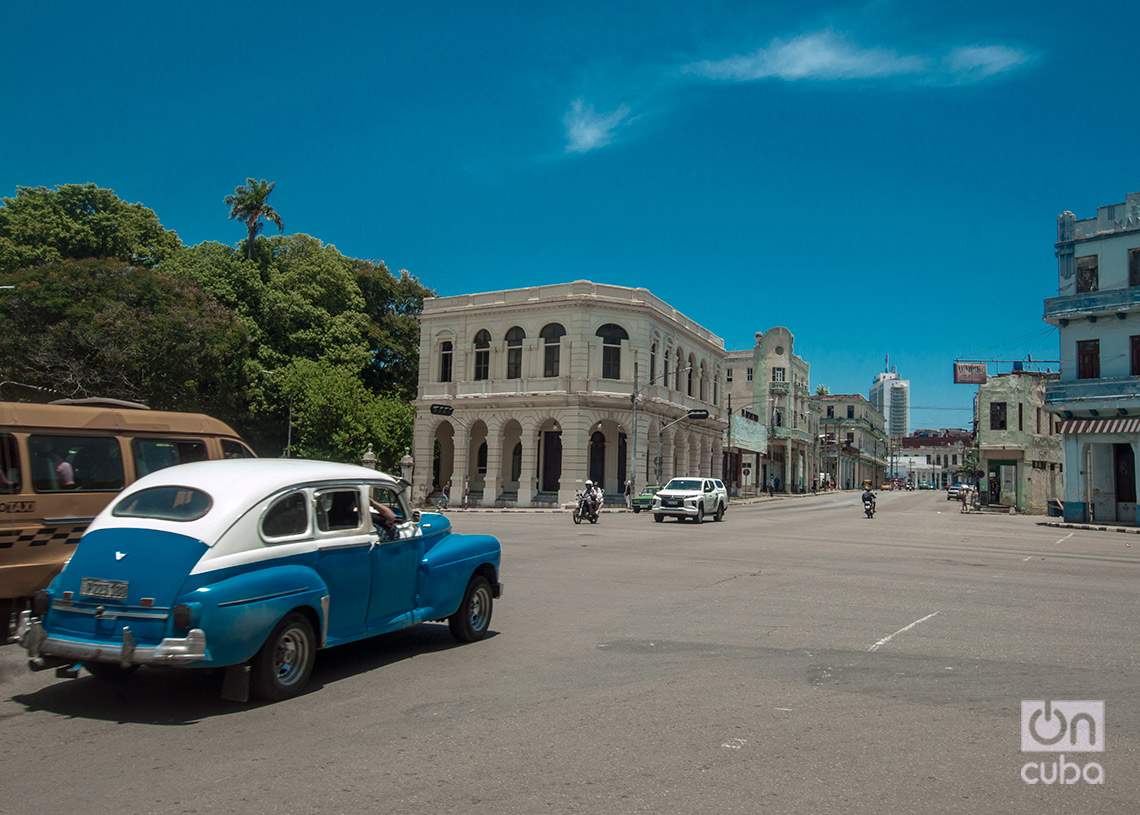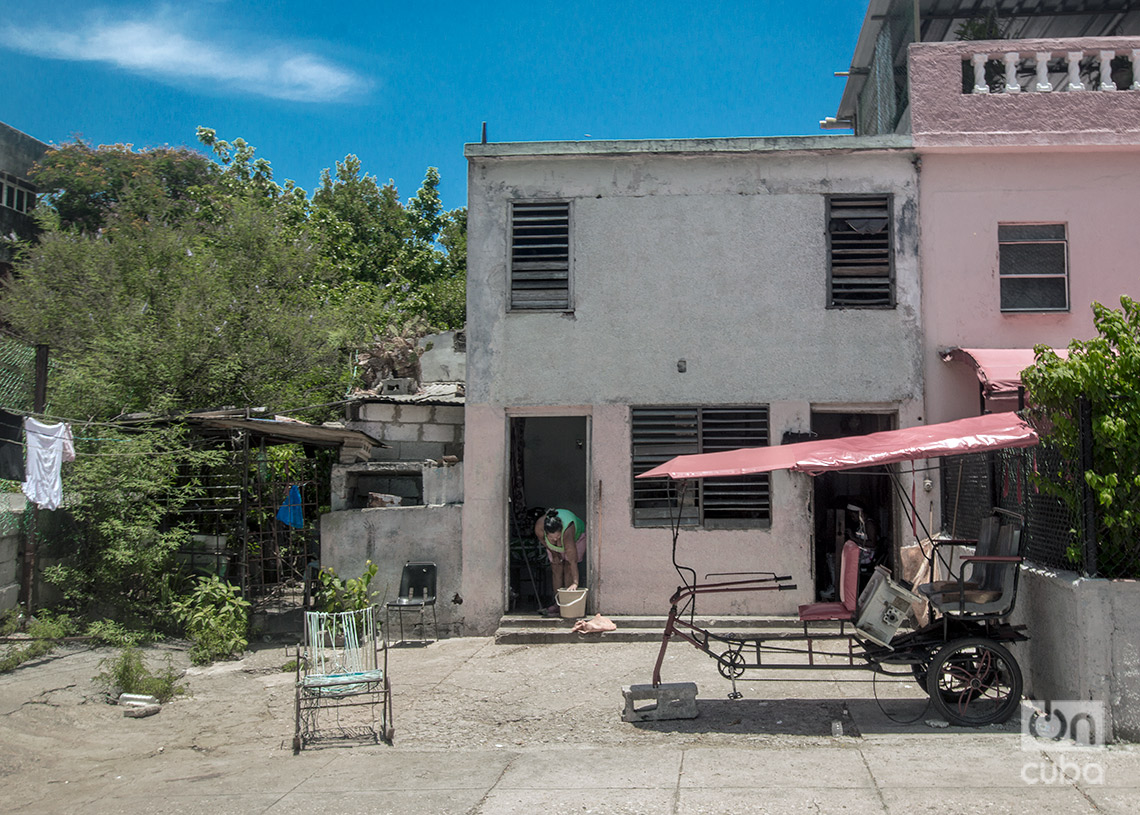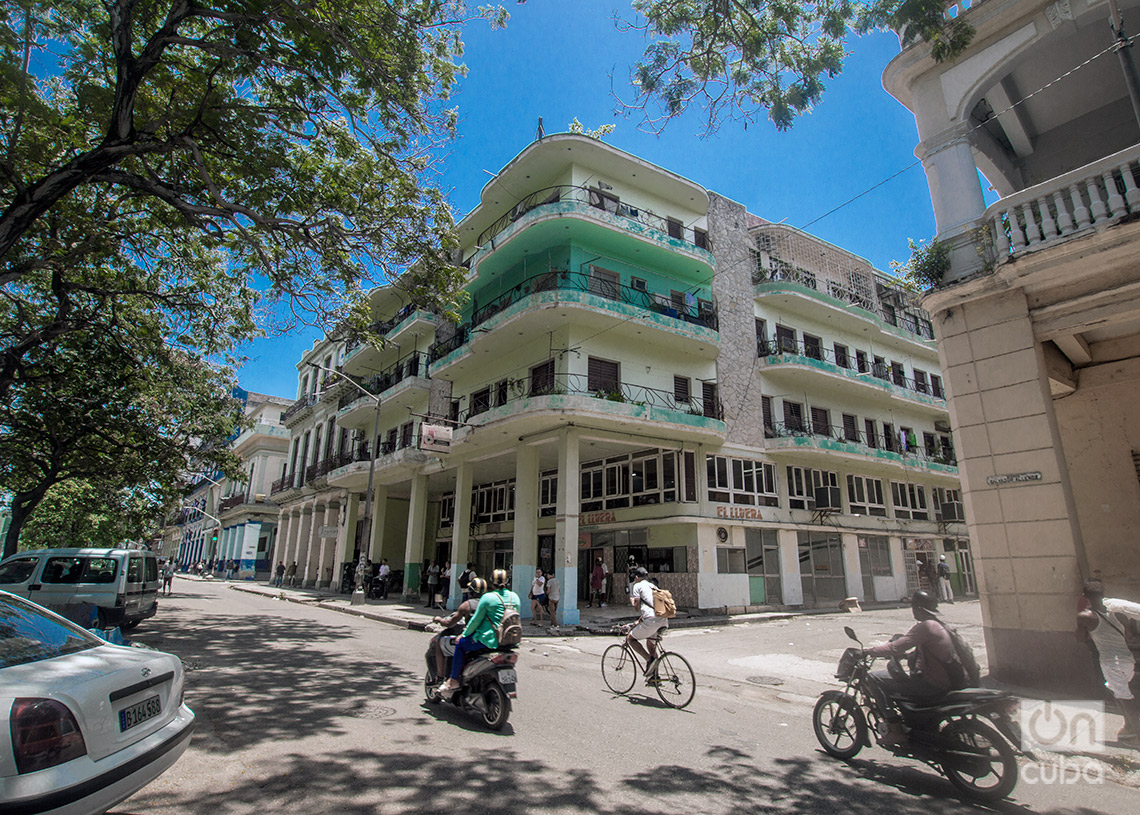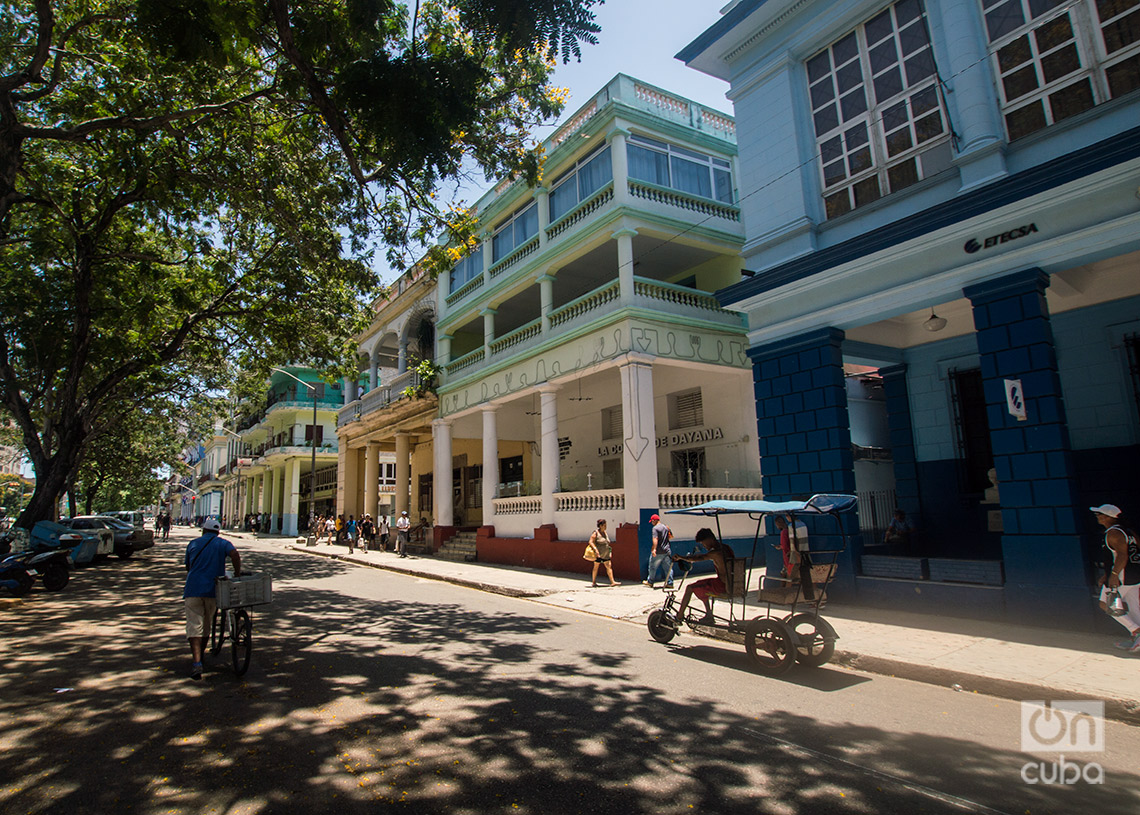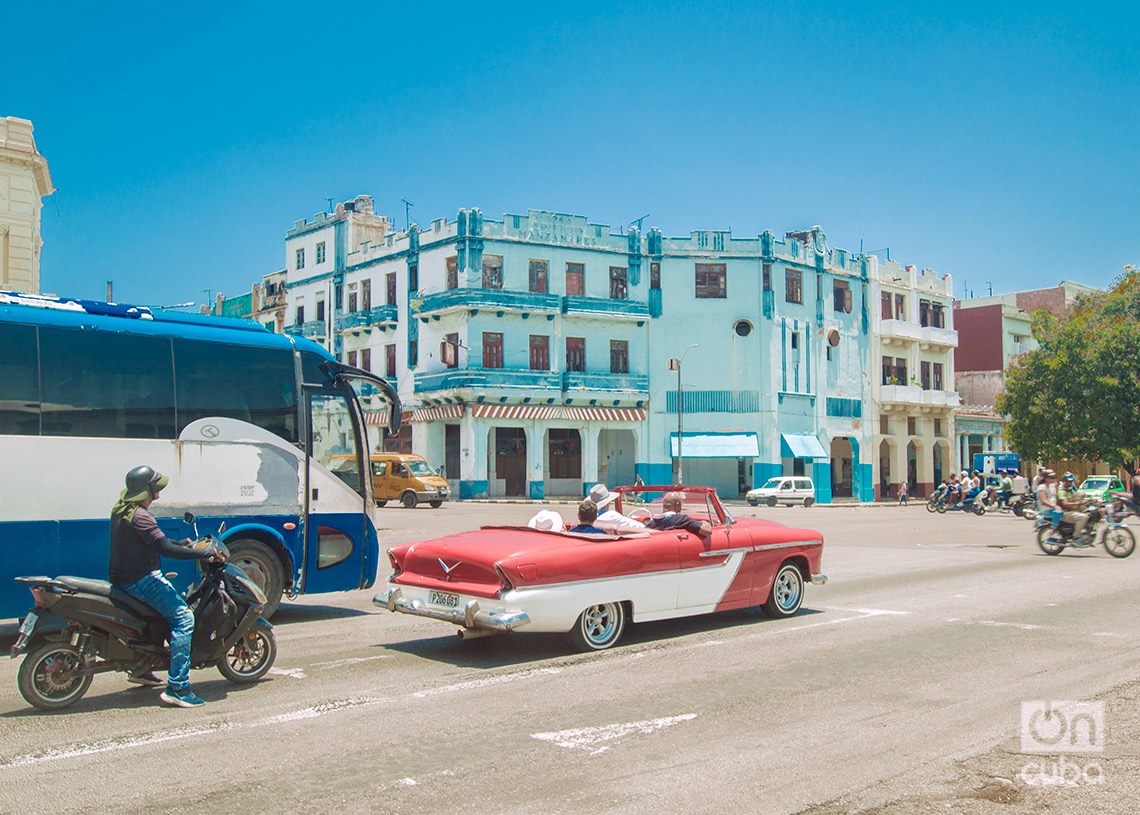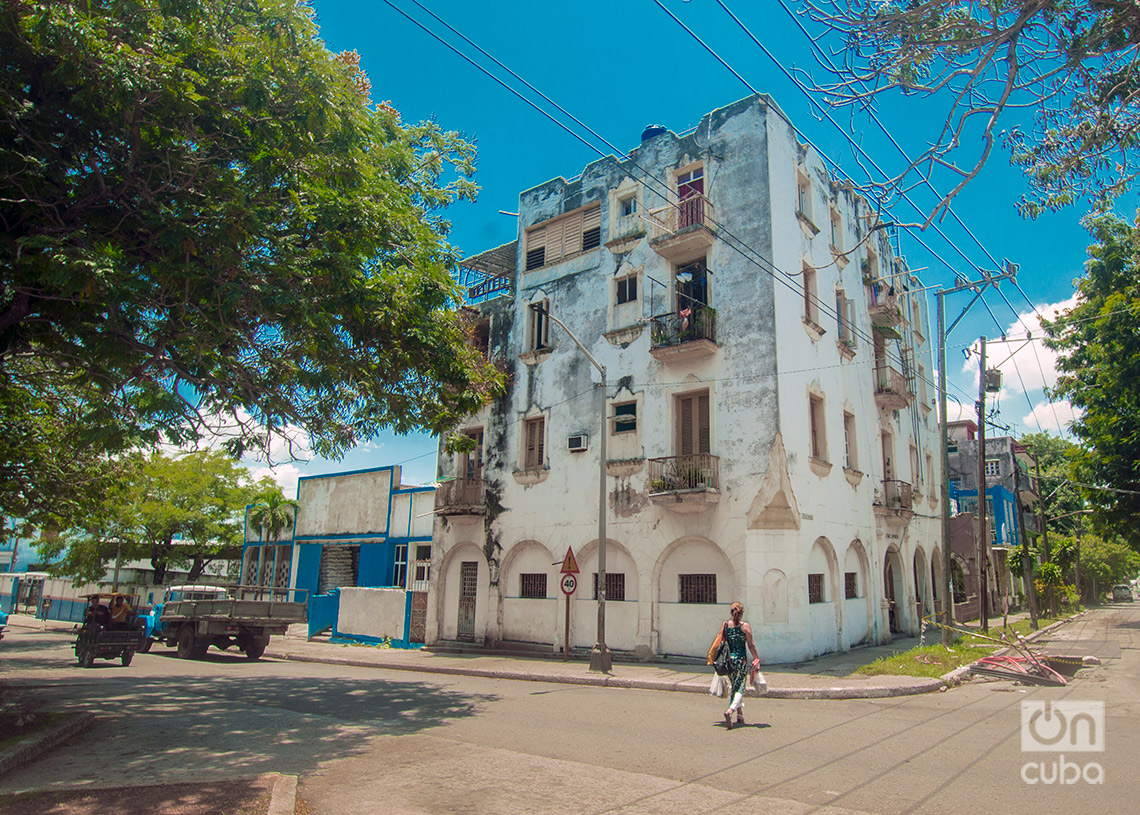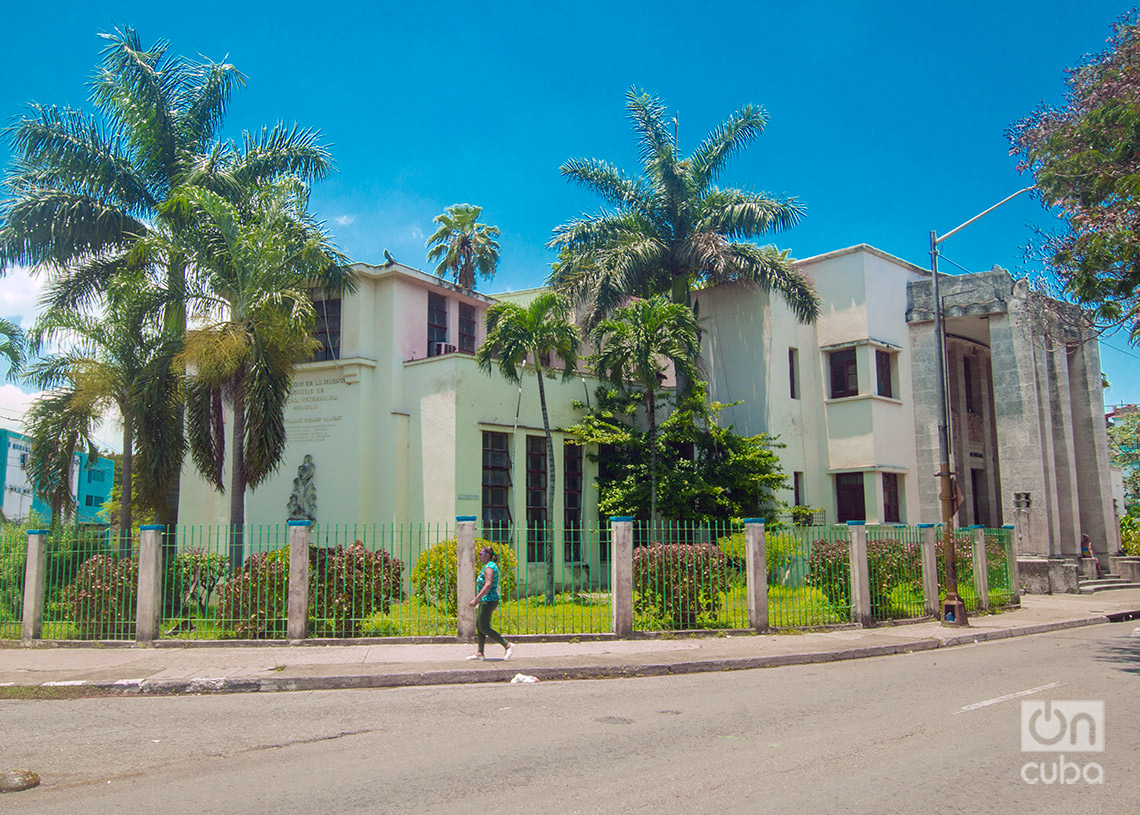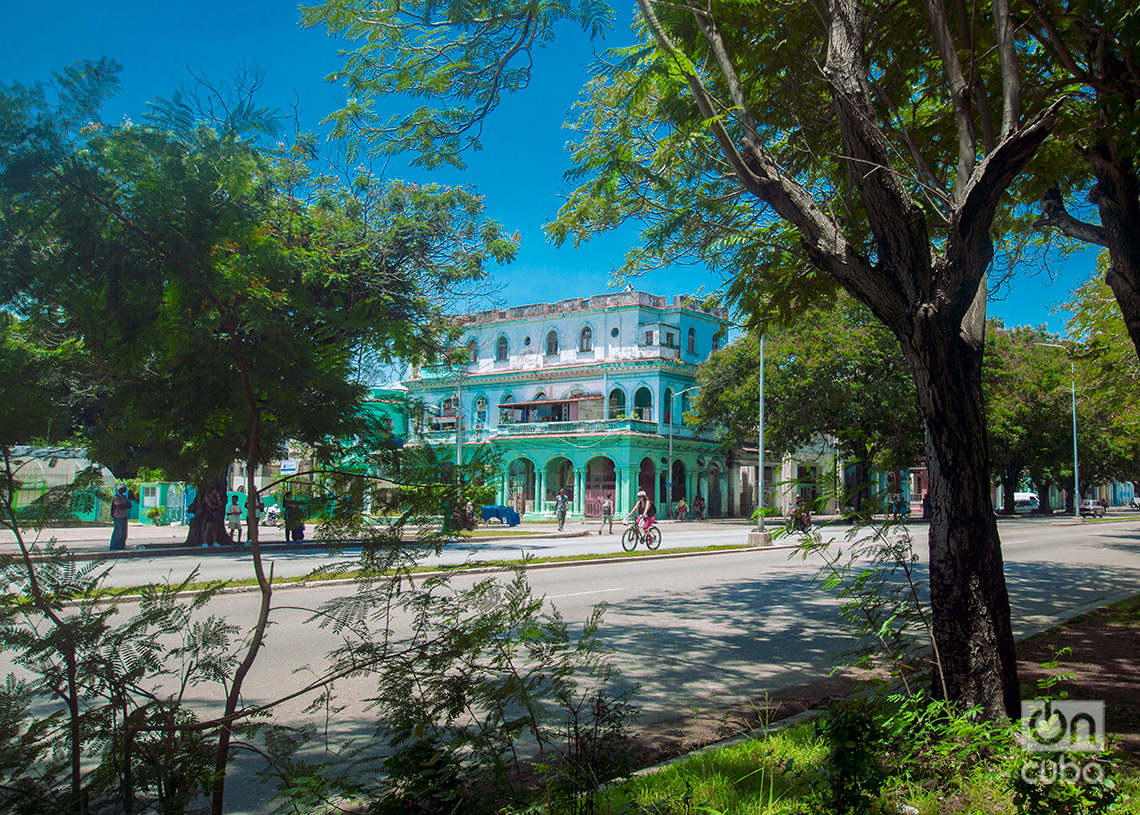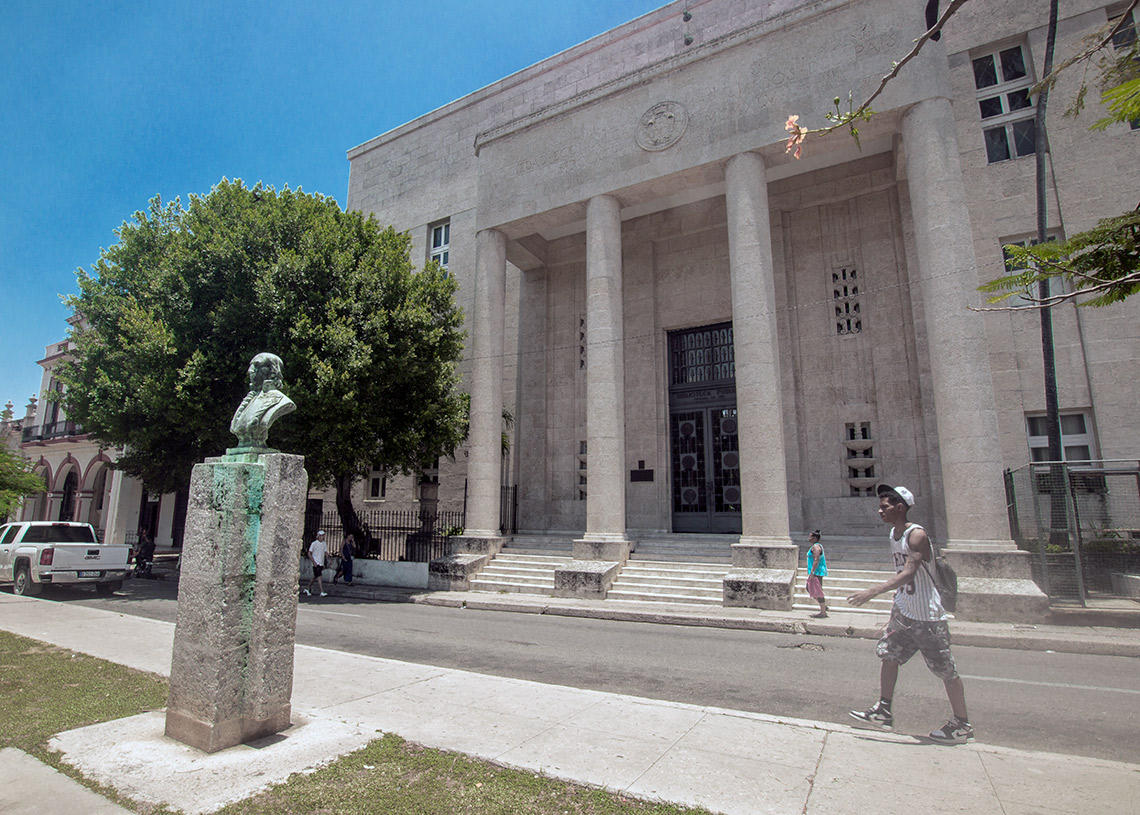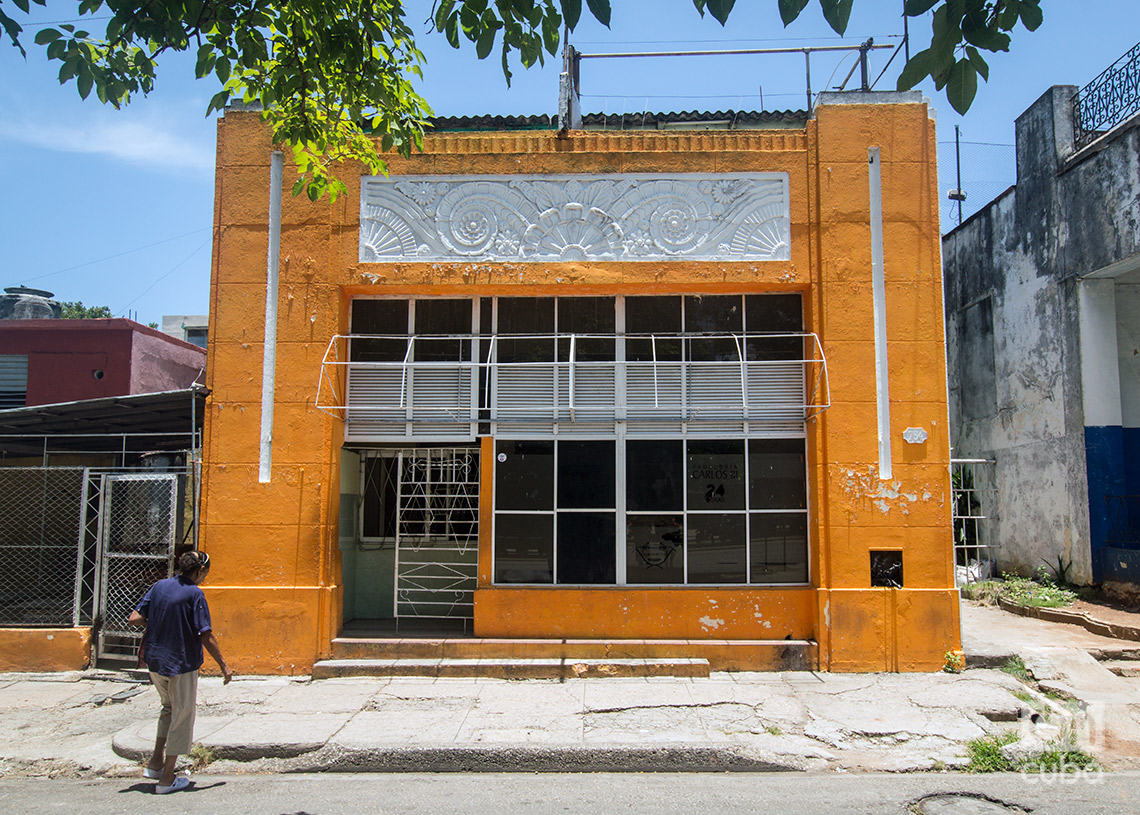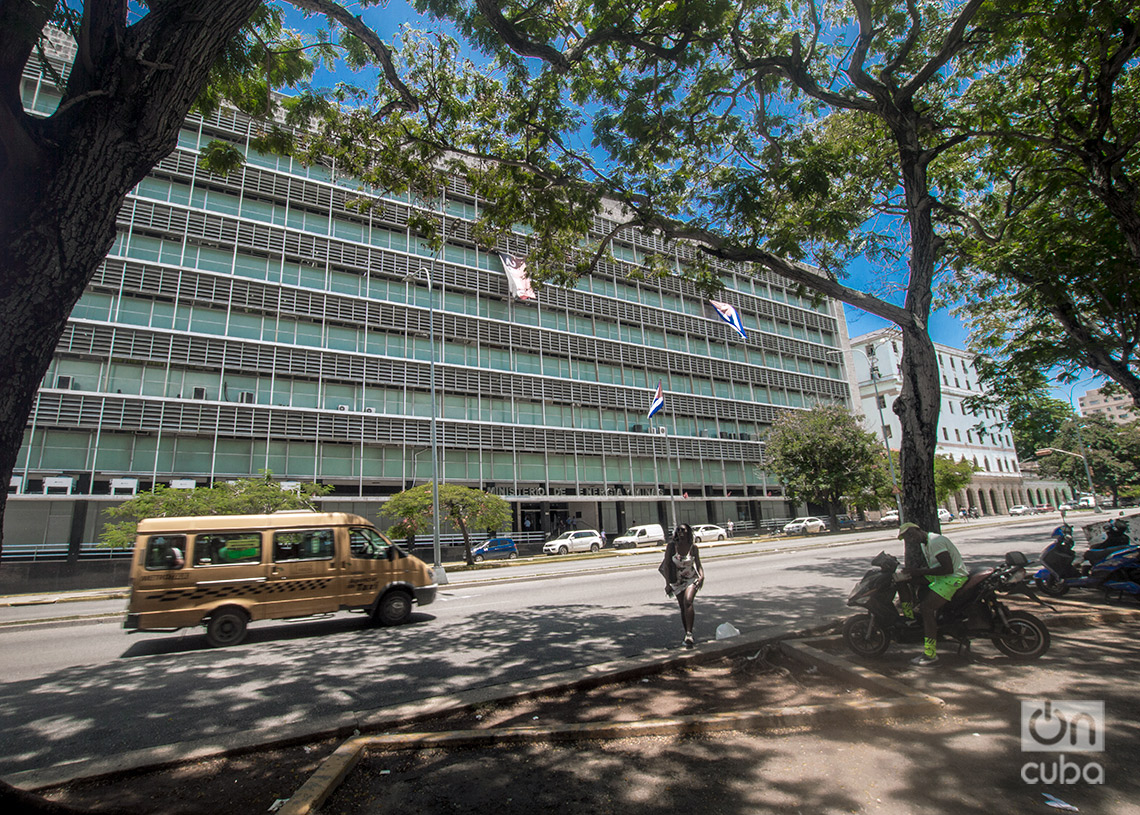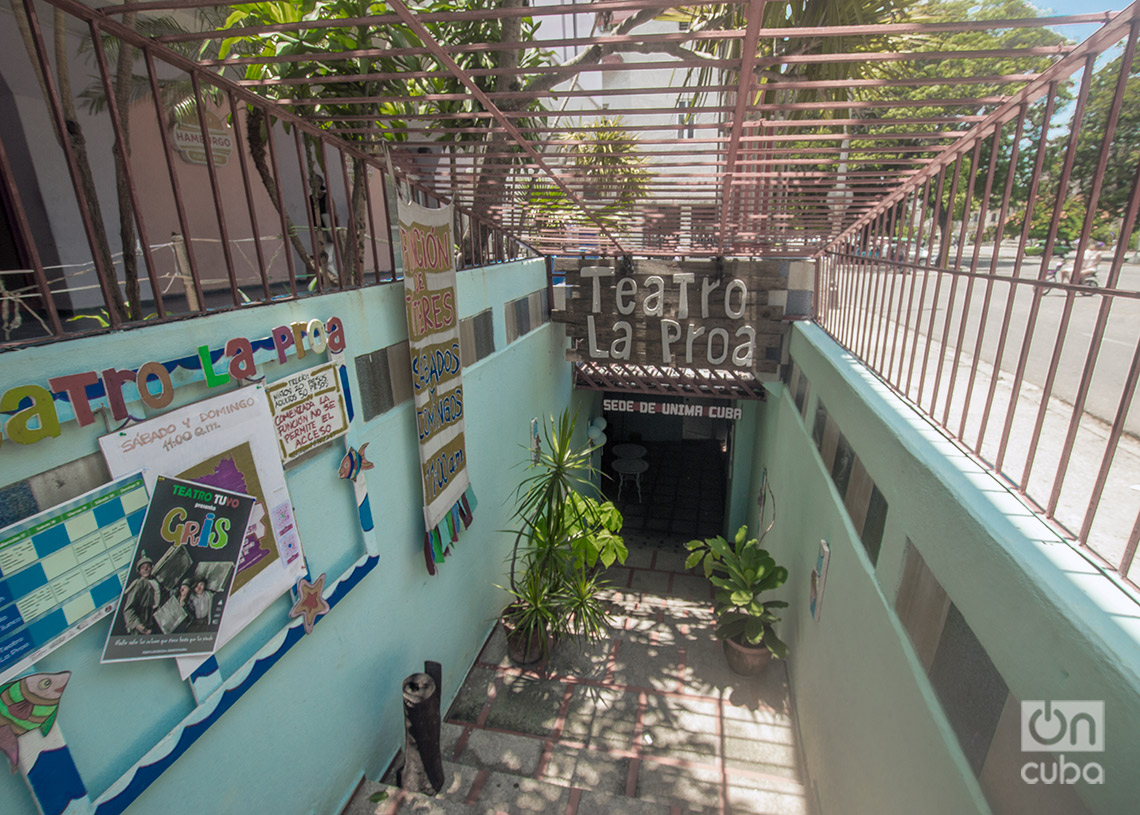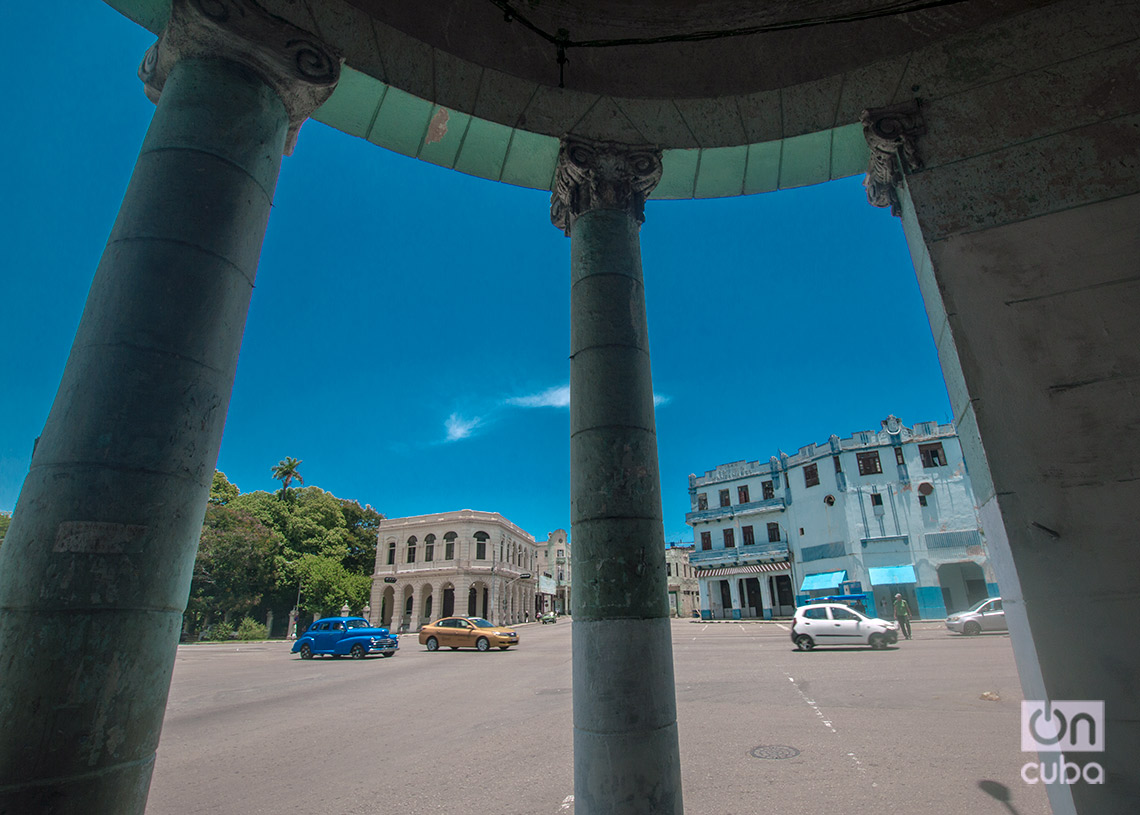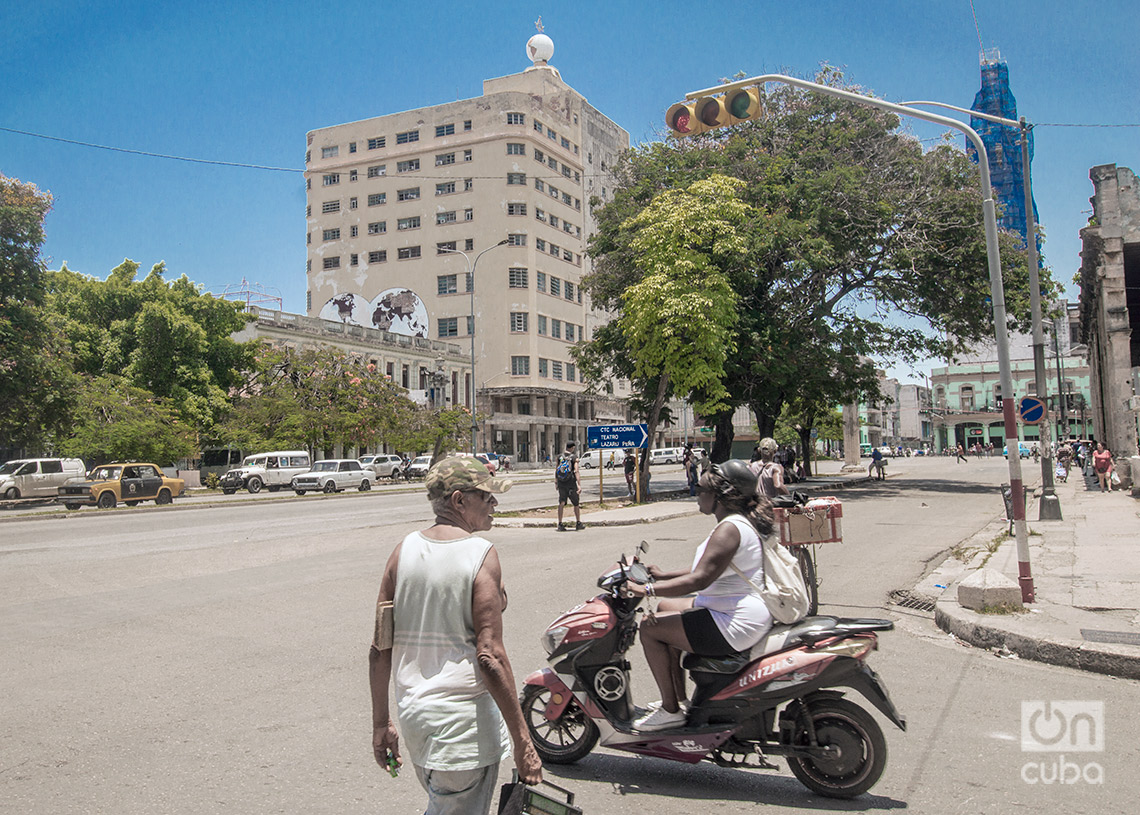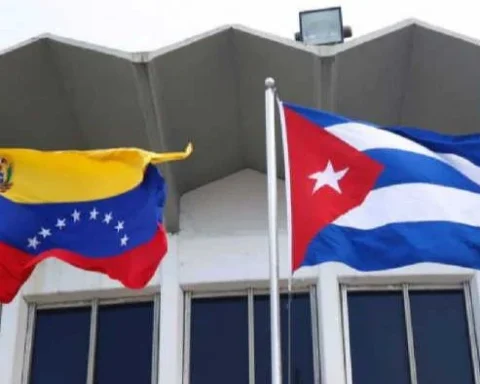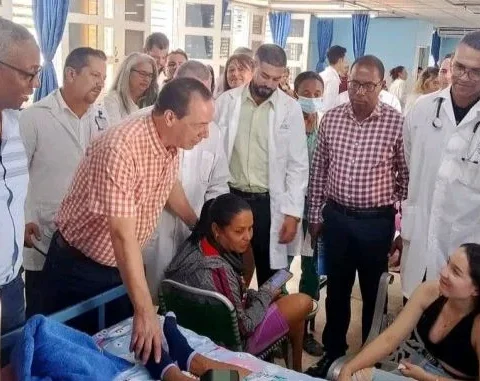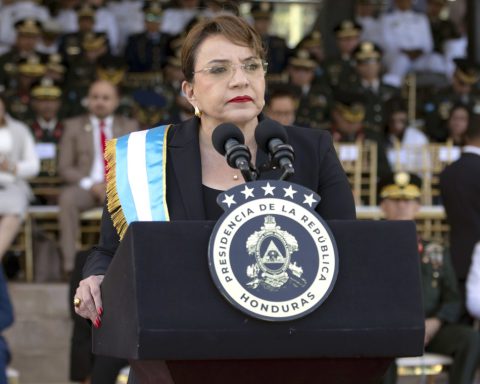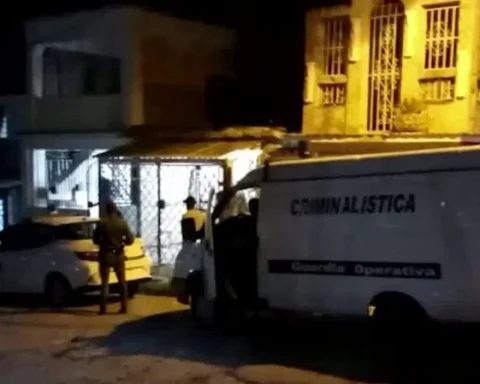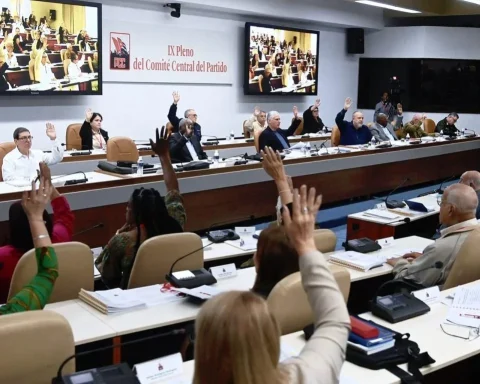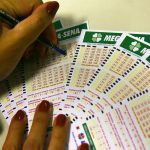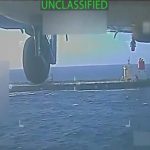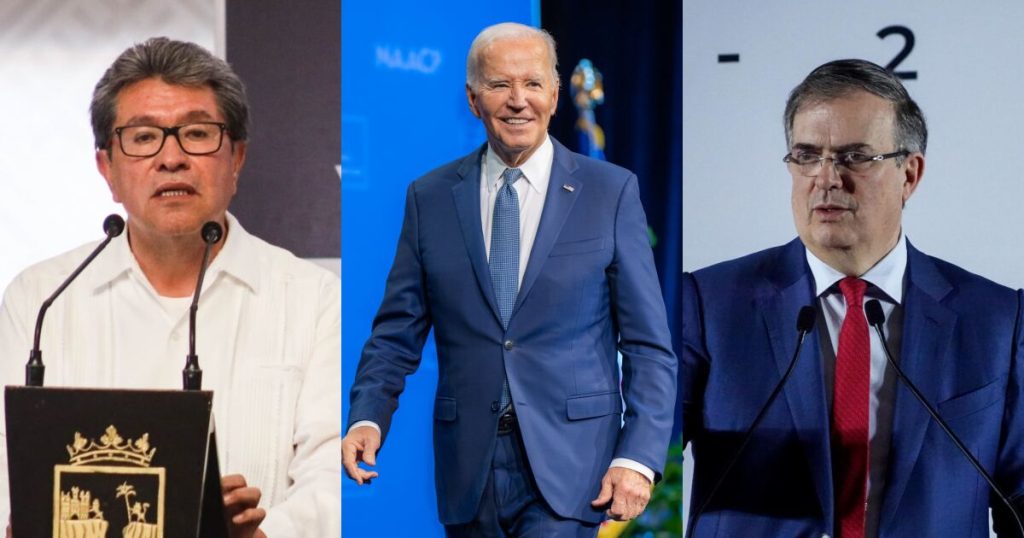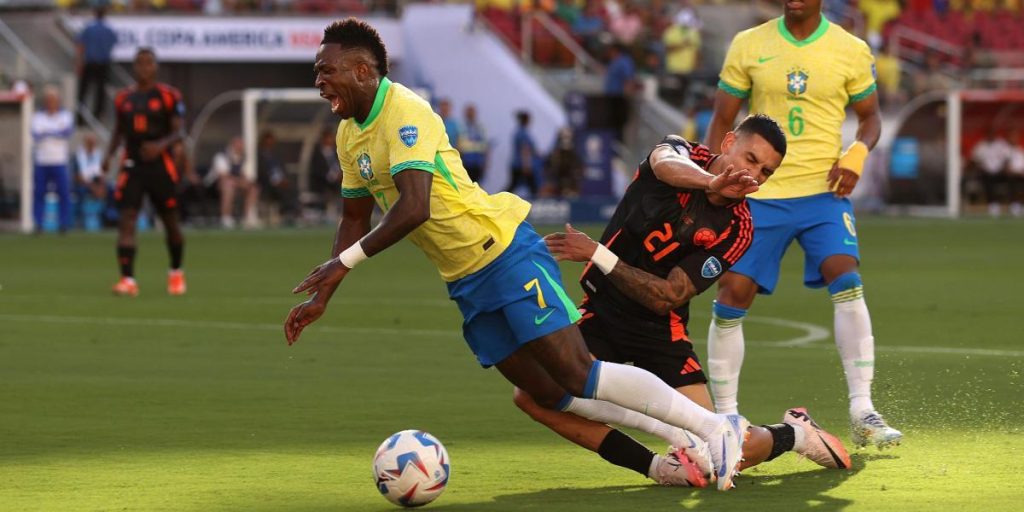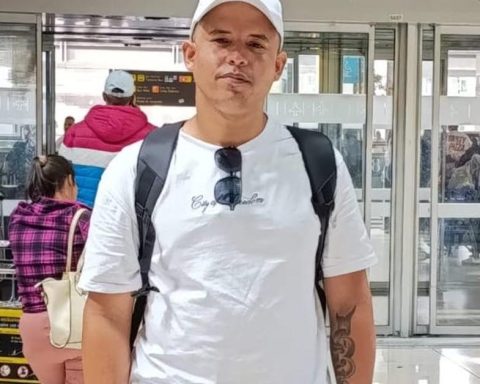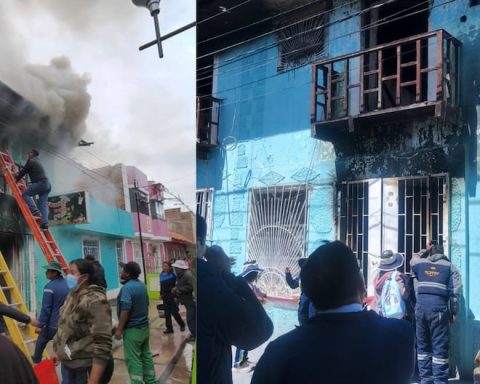For Havana residents, Carlos III is one of those streets that have been around forever. In almost two centuries of existence, the busy avenue —which runs from Belascoaín to Avenida de los Presidentes or G— has changed its name and appearance, but it has not lost its importance in daily life, nor in the imagination of those who live in the Cuban capital.
It was originally the Paseo Militar, also known as Paseo de Tacón, in the first half of the 19th century, in honour of the Captain General of the Spanish metropolis who ordered its construction. It was to be a “country walk” – as Tacón himself called it – lined with trees and with benches and gazebos, which provided a distance from the hustle and bustle of the city.
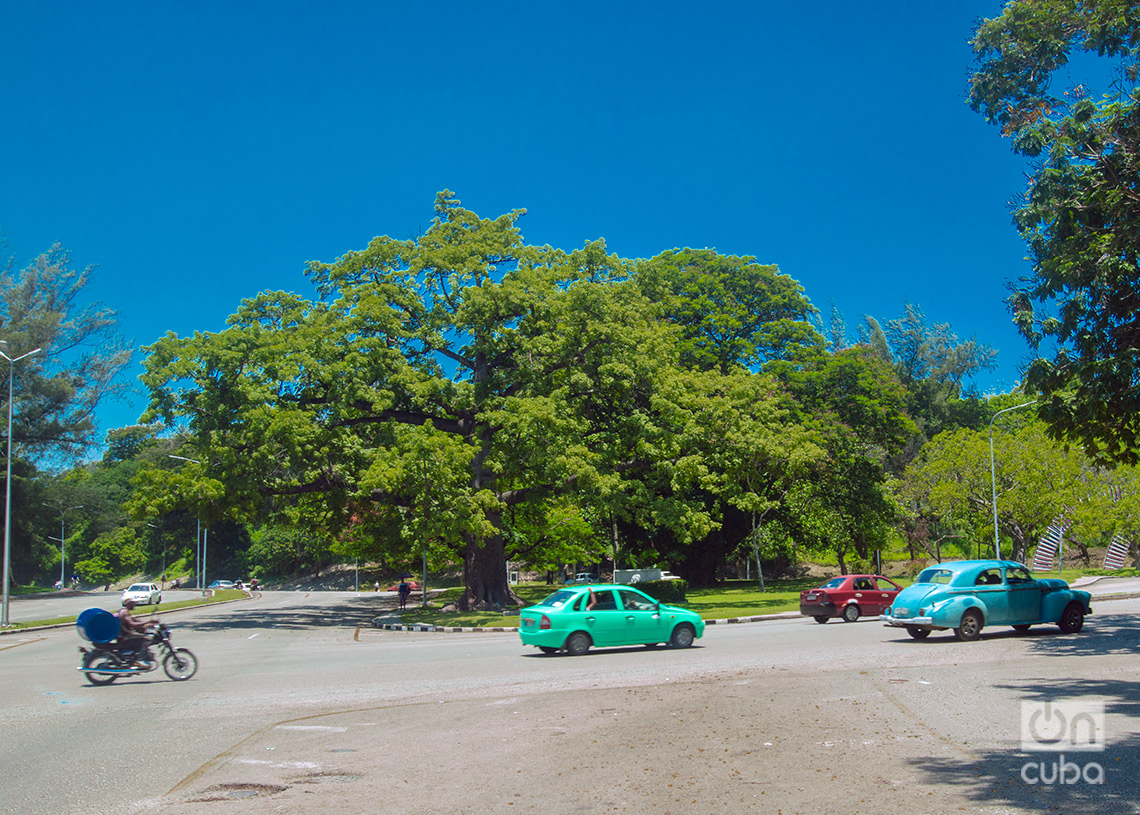
Years later, the placement of a statue of King Charles III gave it its definitive name. However, the authorities have insisted on naming it in other ways and, therefore, with the establishment of the republic in 1902, it was renamed Avenida de la Independencia, although in 1936 the historian Emilio Roig managed to have its more popular name restored.
However, in the 1970s, already during the revolutionary period, the avenue would be renamed Salvador Allende, in honour of the remembered Chilean president. However, although it appears as such on official websites and documents, for the people it remained and continues to be Carlos III, as it has been known “all my life”.
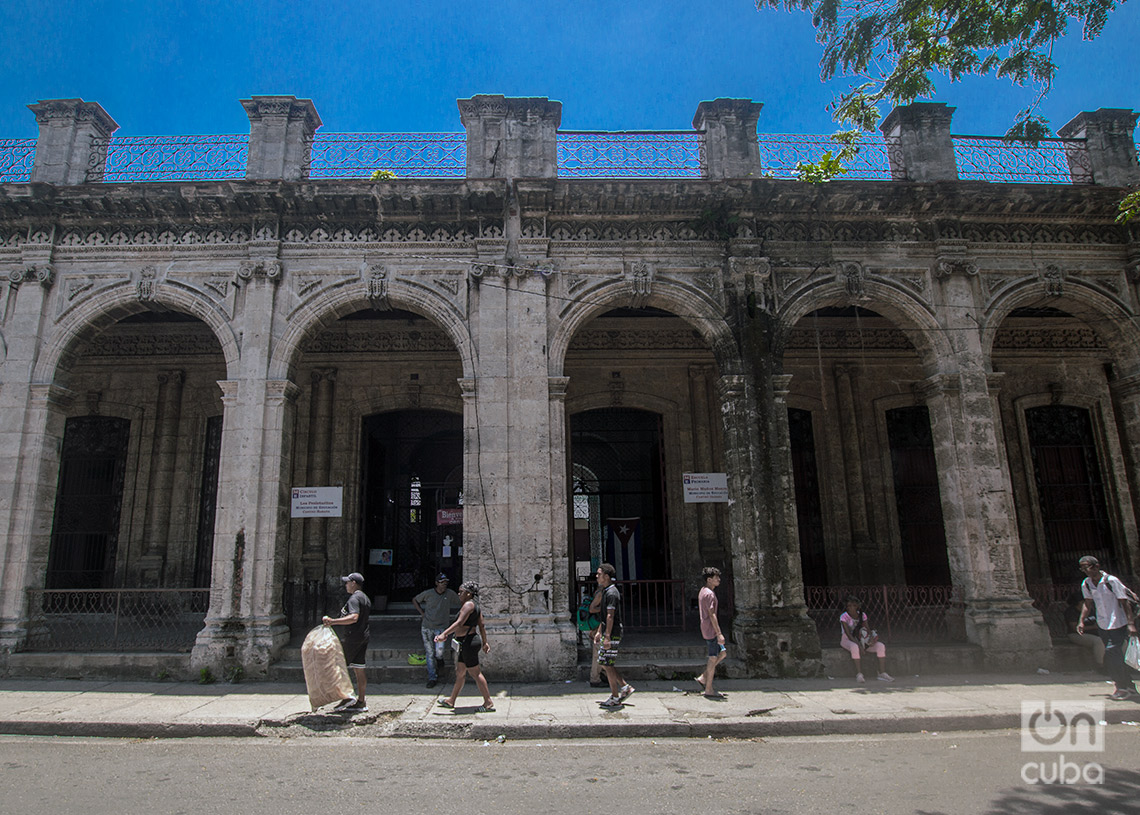
Throughout its history, the famous Havana street has undergone transformations, modernisations and vicissitudes. The well-known journalist Ciro Bianchi recalls, for example, that in 1955 “it was the victim of an urban planning disaster: its old, leafy trees were ruthlessly uprooted and its columns were removed, although some were later restored.”
Over time, it would lose columns and roundabouts, statues and fountains. The paths would change, without ceasing to be a wide and fresh avenue, and new buildings would be built that, over the years, would become symbols of the area and the entire city, although some ceased to be what they once were, in the midst of the social and political transformations of the country.
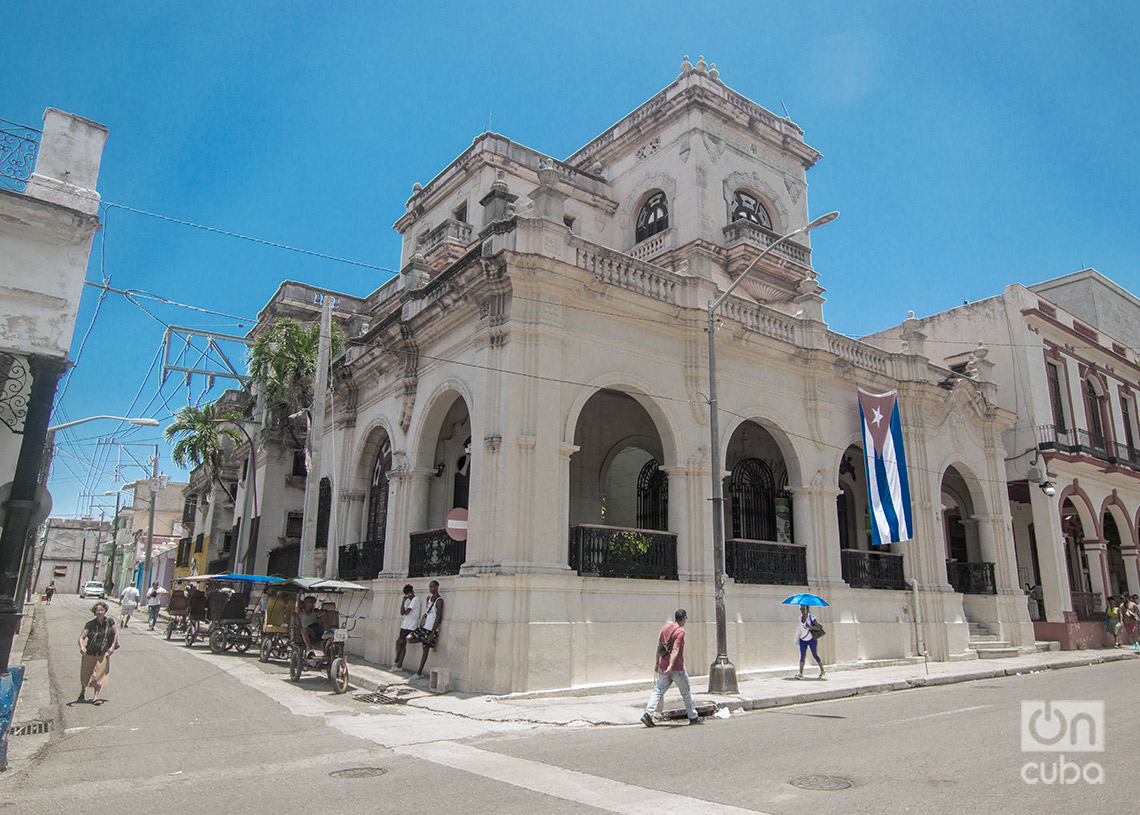
Carlos III is the avenue of paradise Mills Farm and the Great Masonic Temple of Cuba; the Economic Society of Friends of the Country —converted into the Institute of Literature and Linguistics— and the faculties of Veterinary Medicine and Stomatology; the Ministry of Energy and Mines —former headquarters of the Cuban Electricity Company—, the Emergency Hospital, and the former mansion of millionaire Alfredo Hornedo converted into a municipal cultural center.
And, of course, it is the avenue of the Carlos III store —which went from CUC to MLC and has experienced periods of growth and others of frank depression— and of numerous kiosks and private businesses. The street that connects old Havana with Vedado and Rancho Boyeros Avenue and that, like all of Cuba, suffers the ravages of the crisis, while thousands continue to walk along it day after day, as confirmed by the lens walker Otmaro Rodríguez.
